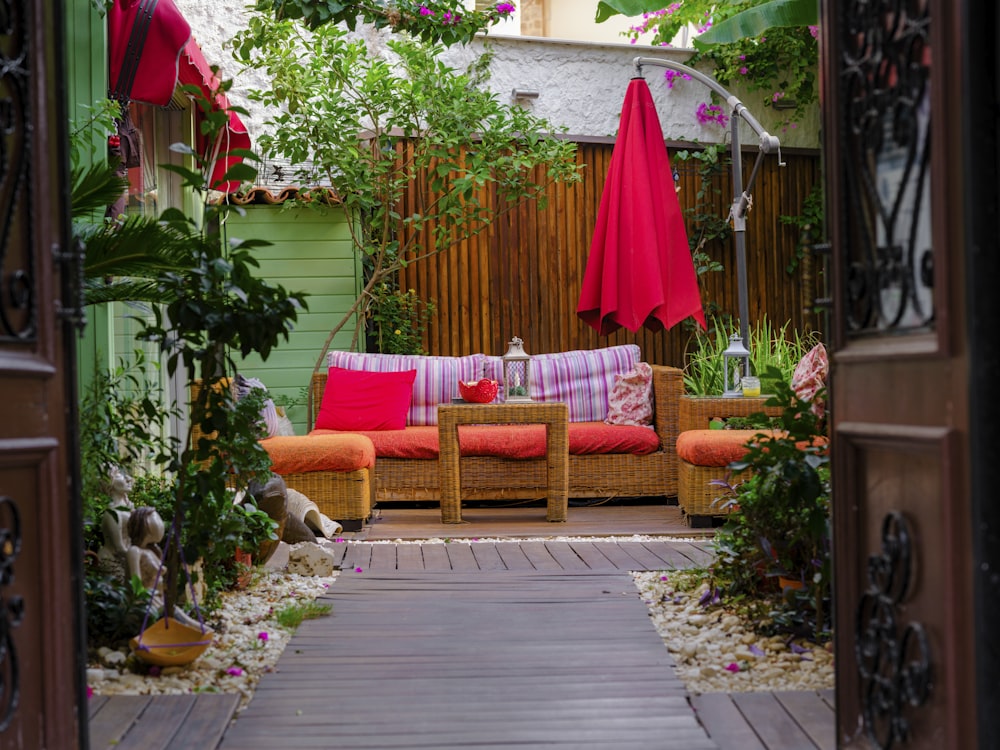Transform Your Slopes: Hillside Garden Inspirations
Unlocking the Beauty of Slopes
When it comes to landscaping, hillside gardens present a unique challenge and opportunity. Transforming these slopes into stunning garden spaces requires creativity, ingenuity, and careful planning. But with the right inspiration and approach, you can unlock the hidden beauty of your slopes and create a breathtaking landscape that enhances the natural contours of your property.
Working with Nature’s Terrain
One of the keys to successful hillside gardening is working with the natural terrain rather than against it. Instead of trying to level or flatten the slope, embrace its contours and use them to your advantage. Terracing, for example, allows you to create multiple levels of planting beds, reducing erosion and providing visual interest. By following the natural slope of the land, you can create a garden that feels like an extension of the surrounding landscape.
Choosing the Right Plants
Selecting the right plants is crucial when designing a hillside garden. Look for species that are well-suited to the slope’s microclimate, soil conditions, and sun exposure. Groundcovers like creeping thyme or vinca minor are excellent choices for stabilizing soil on steep slopes, while shrubs and perennials with deep root systems help prevent erosion. Incorporating a mix of native and drought-tolerant plants will ensure your hillside garden thrives with minimal maintenance.
Creating Visual Interest
To create a visually stunning hillside garden, consider incorporating elements that add texture, color, and contrast. Planting in layers, with taller species in the back and shorter ones in the front, creates depth and dimension. Mixing different foliage textures, such as grasses, ferns, and succulents, adds visual interest and creates a more dynamic landscape. Additionally, incorporating features like boulders, retaining walls, or meandering pathways can add structure and focal points to the garden.
Addressing Erosion Control
Erosion control is a significant concern when landscaping slopes, especially in areas with heavy rainfall or runoff. To prevent soil erosion, consider installing erosion control measures such as retaining walls, terraces, or erosion control blankets. Planting groundcovers, grasses, or shrubs with deep root systems can also help stabilize the soil and reduce erosion. By addressing erosion control early in the design process, you can ensure the long-term stability and health of your hillside garden.
Maintaining Accessibility and Safety
When designing a hillside garden, it’s essential to consider accessibility and safety for yourself and others. Incorporating steps, pathways, or switchback trails can make it easier to navigate the slope and enjoy the garden’s beauty. Installing handrails or retaining walls can provide additional support and prevent accidents, especially on steeper slopes. By prioritizing accessibility and safety in your hillside garden design, you can create a space that is not only beautiful but also functional and user-friendly.
Embracing Sustainability
Sustainability should be a guiding principle in any garden design, and hillside gardens are no exception. Choose environmentally friendly materials for hardscape elements like retaining walls or pathways, such as reclaimed wood or permeable pavers. Minimize water usage by selecting drought-tolerant plants and incorporating water-saving irrigation systems like drip irrigation or rainwater harvesting. By embracing sustainable practices in your hillside garden design, you can create a beautiful and environmentally friendly landscape that you can enjoy for years to come. Read more about hillside garden ideas




